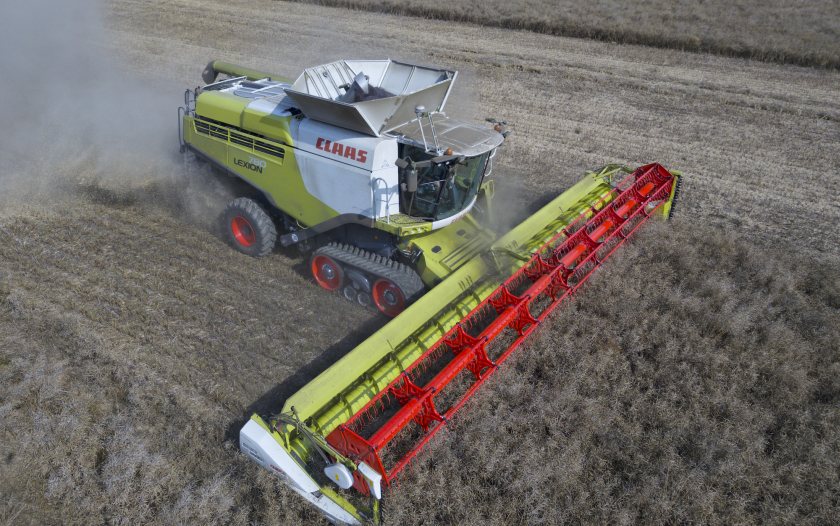
Farmers are being advised to consider a reactive approach to weed control in order to reduce risks during oilseed rape's establishment.
Buoyant prices for the 2021 crop are being underpinned by demand from processors and it is likely that more OSR will be drilled this August and September compared to last year.
Early predictions are that the circa-280,000 hectares of crop being harvested now will be comfortably exceeded.
But with the unpredictable nature of the weather, and the threat of pest damage, Corteva Agriscience is urging farmers to consider strategies which minimise risk.
John Sellars, OSR herbicides manager said: “Research has helped improve knowledge around how to successfully establish a resilient crop, and new thinking has developed in the face of pest and weather challenges seen in recent years.
“But oilseed rape growers will still be determined to minimise risk as much as possible, driven by variety choice, drilling dates, targeting soil moisture and an effective herbicide programme.”
One tactic which has proven extremely effective in the UK over the past two seasons is to switch away from a broad acre pre-emergence approach to weed control.
Belkar, from Corteva, has become a part of these integrated strategies. The post-emergence herbicide deals with key weeds such as poppy, cleavers, shepherd’s purse, fumitory and cranesbill without the need to invest up-front in residual chemistry.
The Arylex active + picloram formulation allows growers to wait until a crop has established and weeds have germinated before deciding on their herbicide investment.
“Demand for quality British rapeseed is unrelenting and the associated gross margins remain unrivalled, still making it the break crop of choice for a huge number of farms,” Mr Sellars said.
“However, those who grow it want to employ an establishment strategy that puts less investment up front in the programme, allowing them to see how the crop and weeds are emerging before making their next important decision on inputs.
“Drilling dates are being altered and pest management plans are being revisited, and the same can be said for herbicides.”
Belkar paves the way for growers to switch from higher-risk preventative to reactive autumn weed control strategies.
“Growers can wait until the crop is out the ground – giving themselves time to assess the visible weed pressure plus the impact of pests such as cabbage stem flea beetle and slugs,” he added.
